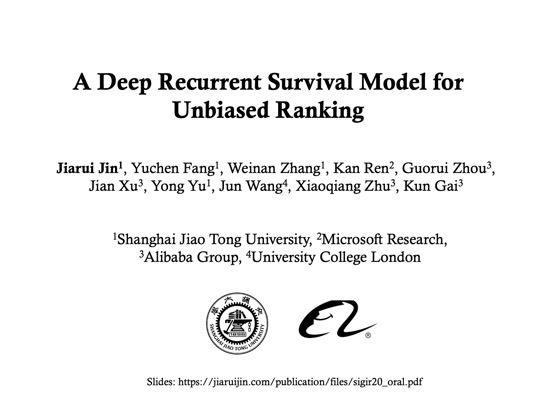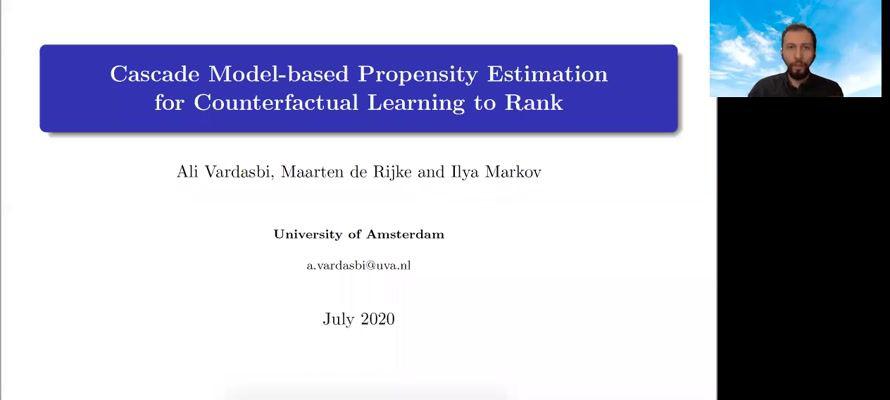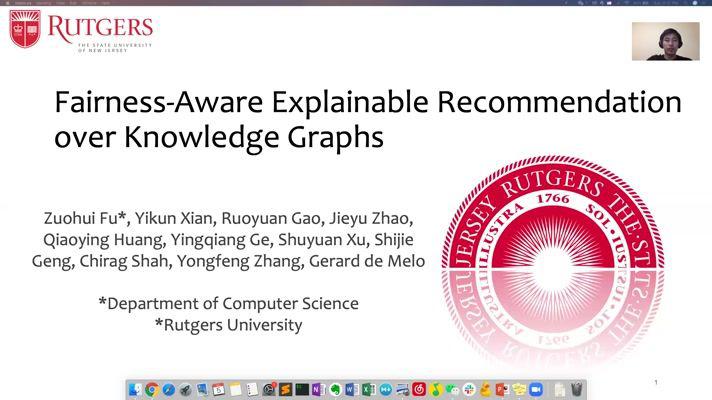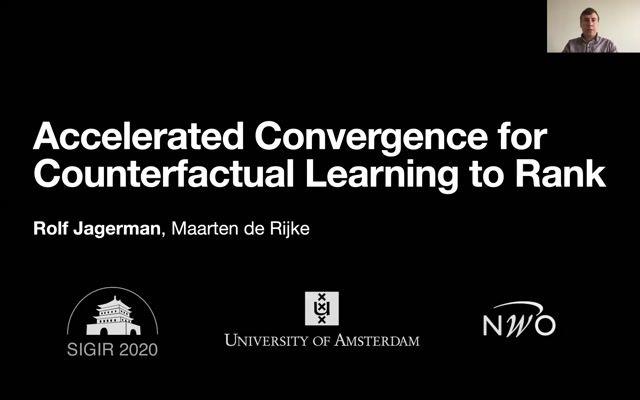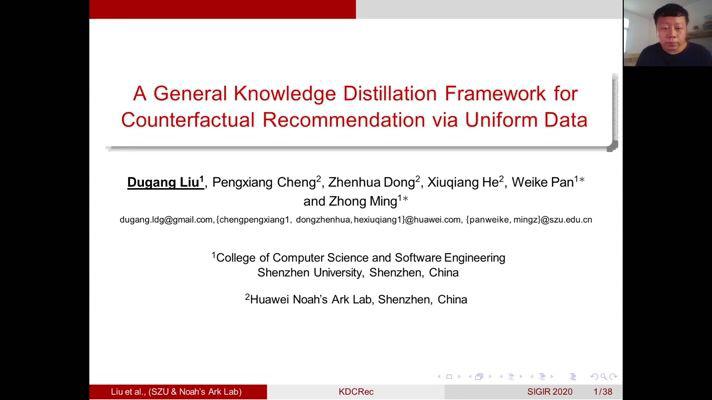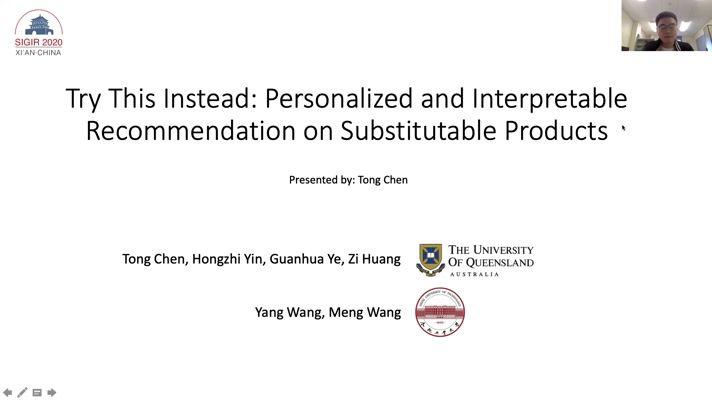Abstract:
Post-click conversion, a pre-defined action on a web service after a click, is an essential form of feedback, as it directly contributes to the final revenue and accurately captures user preferences for items, compared with the ambiguous click. However, naively using post-click conversions can lead to severe bias when learning or evaluating recommenders because of the selection bias between clicked and unclicked data. In this study, we address the offline evaluation problem of algorithmic recommendations with biased post-click conversions. A possible solution to address this bias is to use the inverse propensity score estimator, as it can provide an unbiased evaluation even with the selection bias. However, this estimator is known to be subject to variance and instability problems, which can be severe in the recommendation setting, as feedback is often highly sparse. To address these limitations with the previous unbiased estimator, we propose a doubly robust estimator for the ground-truth ranking performance of a given recommender. The proposed estimator is unbiased against the ground-truth ranking metric and improves the variance and estimation error tail bound of the existing unbiased estimator. Finally, to evaluate the empirical efficacy of the proposed estimator, we conduct empirical evaluations using semi-synthetic and two public real-world datasets. The results show that the proposed metric reveals a better model evaluation performance compared with existing baseline metrics, particularly in a situation with severe selection bias.



